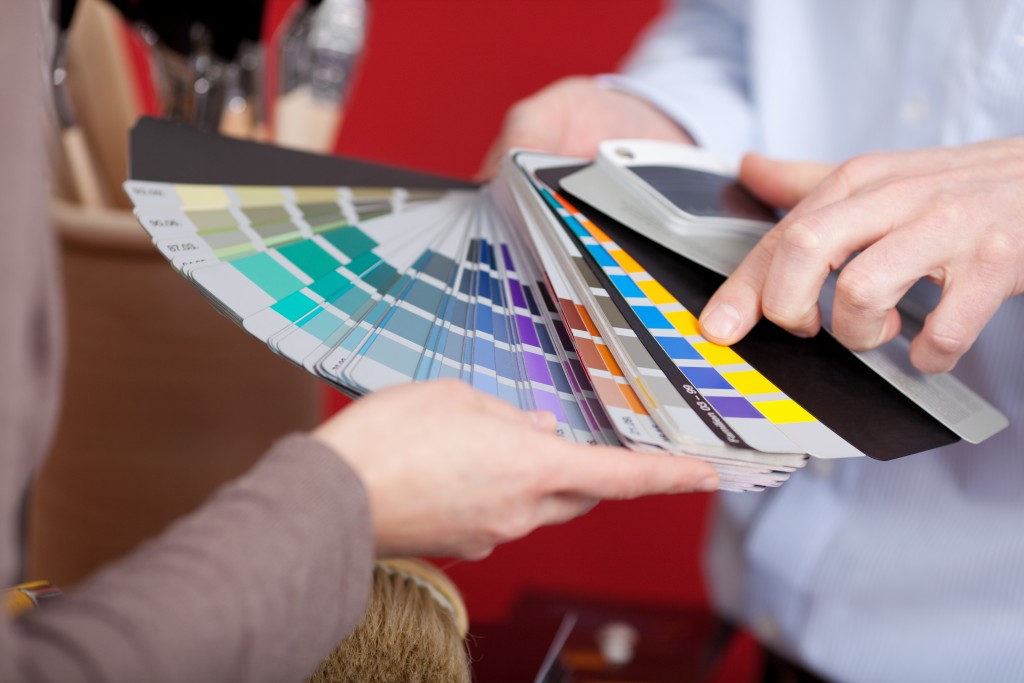Everywhere we look, we see color. It’s hard to imagine life without it. Color brings life to everything around us — from the clear blue sky to the brown soil. Color doesn’t just help things look attractive, but it affects how we feel as well.
Scientists have diligently studied color psychology. It’s the study that determines how colors affect human emotions and behavior. Different hues can invoke different reactions from the human brain. That’s why marketers, designers, and establishments put much thought on color to help send their messages to their audience.
At this point, you might be wondering what emotions specific colors invoke. Here are some standard colors and their effects on your mood.
Blue
Seeing the color blue causes the brain to generate calming chemicals in the body. That’s why the sky and ocean help us feel relaxed. Blue represents tranquility and spirituality.
It’s also a color that symbolizes trust. Studies suggest that wearing blue to a job interview helps portray the image of professionalism, reliability, and truthfulness. Thus, it increases the chances of getting employed.
Red
As we probably already know, red is a passionate color. It has the effect of increasing the heart rate, which is why it is associated with strong emotions. Love, intimacy, anger, and fear are the common moods that the color red invokes.
Red is also associated with power. It shows strength, boldness, and control. That’s why red lipstick gives a sense of intensity and sophistication for women.
Yellow
Yellow is a very energetic color. It’s bright and bubbly, giving out feelings of happiness and optimism. Because of its intensity and brightness, the color yellow effectively draws attention. That makes it the ideal color for road signs and billboards.
However, its intensity also causes frustration. Too much yellow is straining to the eyes and often irritating. Experiments have found that people tend to lose their temper faster in bright yellow rooms, and babies tend to cry more.

Green
Green — the color of nature, that’s why it’s natural, refreshing, and relaxing. It’s associated with spirituality, energy, as well as health. Green is also a common color to symbolize new beginnings, as when a plant sprouts from the soil and begins its growth.
Black
Black is considered as a negative color, mainly because of its pitch dark color. Looking at the color black, the common emotions associated with it are mourning and sadness. A contributing factor to this is culture. Many countries around the world use black to represent death, evil, witchcraft, etc. And these practices have been adopted and refined, overall contributing to the emotional portrayal of the color black.
White
The color white is a very minimalist color. Because of this, it is associated with cleanliness, order, and in some instances, purity and innocence. Hospital employees wear white clothing from head to toe to show sterility. And brides wear white wedding gowns to represent purity.
Now that you know how colors affect how you feel, it might be time to make wise color choices. Maybe it’s time to change your wallpaper to a color that makes you more productive. Or you’ll be more careful choosing the shirt you want to wear to convey a message to the person you’re meeting.




